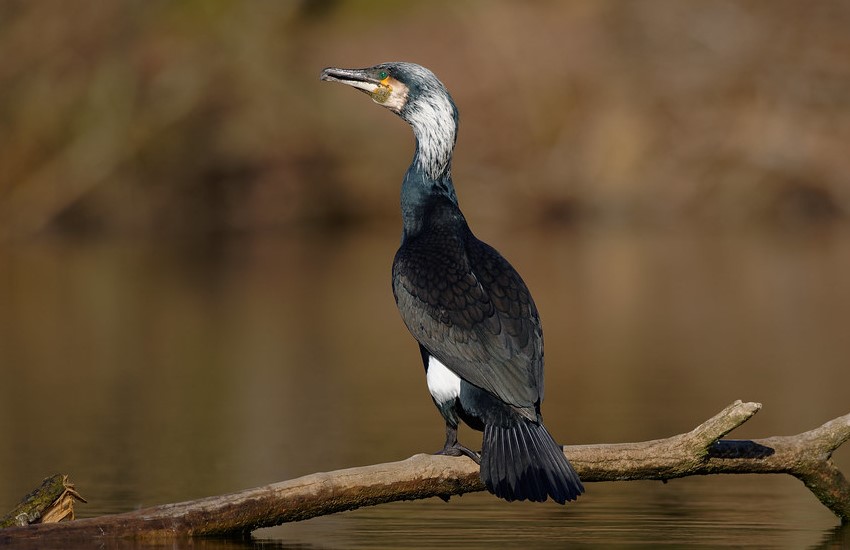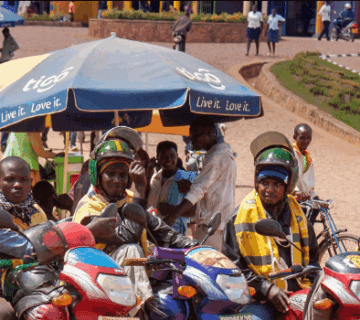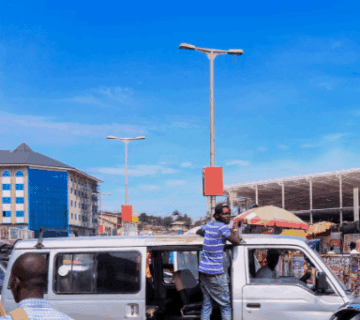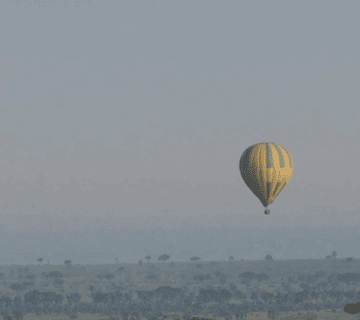Birdwatching Safari at Mabira Forest Reserve, Mabira Forest Reserve in Uganda, is an excellent place for birding safaris; the forest is easily accessible via the Kampala-Jinja highway and is located in the Bukwe region. It is easily accessible to both local and foreign birding lovers since it is only 54 kilometers from Kampala, Uganda’s capital. The forest encompasses an area of around 306 square kilometers, providing ample habitat for a varied range of bird species. The forest has a diverse range of ecosystems, including primary rainforest, secondary forest, wetlands, and grasslands. Each habitat has its own distinct bird species, allowing birdwatchers to explore new habitats and witness a diverse range of birds.
Mabira Forest Reserve is home to a broad range of bird species, and it provides an ideal chance for birdwatchers to immerse themselves in the fascinating world of bird wonders. Birding at Mabira Forest Reserve is an experience you’ll remember for a lifetime. The forest supports around 300 bird species, and its various ecosystems provide habitat for both forest and woodland birds. Expect to see species like the spectacular African Grey Parrot, the stunning Nahan’s Francolin, and the vivid Blue-throated Roller on your birding tour at Mabira Forest Reserve.
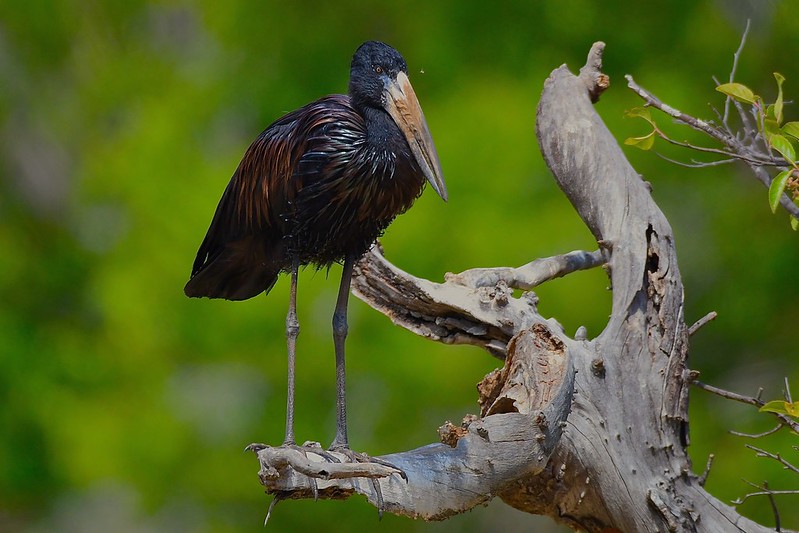
Uganda is recognized as the “Pearl of Africa” because of its breathtaking natural beauty and amazing biodiversity. Birdwatchers from all over the world travel to Uganda to enjoy the thrill of witnessing uncommon and interesting bird species. Uganda is a bird lover’s paradise, with over 1,000 bird species, including some of the world’s most sought-after birds.
List of birds in the Mabira Forest Reserve
African openbill, African wolly-necked stork, marabou stork, yellow-billed stork abdim’s stork, African darter, long-tailed cormorant, great cormorant, great white pelican, hamerkop, shoebill, black-crowned night heron, black heron, little egret, striated heron, western cattle egret, yellow-billed egret, greater egret, squacco heron, Gray heron, purple heron, black-headed heron, glossy ibis, African sacred ibis, hadada ibis, African harrier-hawk, palm-nut vulture, banded snake-eagle, bat hawk, hooded vulture, lizard buzzard, Cassin’s hawk-eagle, African goshawk, little sparrowhawk, African fish-eagle, African wood-owl, pearl-spotted owlet, spotted eagle-owl, green woodhoopoe, crowned hornbill ,African Grey Parrot, striking Nahan’s Francolin, Blue-throated Roller, freckles nightjar, mottled spinetail, Sabine’s spinetail, Cassin’s spinetrail, scarce swift, common swift, little swift, African palm swift, white-rump swift, latham francolin, crested francolin, scaly spurfowl, Nahan’s partridge, helmeted guineafowl, western crested guineafowl, white-faced whistling duck, Egyptian goose, yellow-billed duck, Eurasian moorhen, white-spotted flufftail, buff-spotted flifftail, Gray crowned- crane, three-banded plover, wattled lapwing, common sandpiper, green sandpiper, Gray-hooded gull, white-winged tern, Great blue turaco, black-billed turaco, ross’s turaco, bare-faced go-away bird, eastern plantain-eater, red-chested cuckoo, black cuckoo, African cuckoo, bleu-headed coucal, white-browed coucal, blue malkoha, klaas’s, African emerald cuckoo, dideric cuckoo, dusky long-tailed cuckoo, black-bellied bustard, rock pigeon, speckled pigeon, lemon dove, mourning collared-dove, red-eyed dove, ring-necked dove, laughing dove, tambourine dove, African green-pigeon, fiery-necked nightjar, swamp nightjar, and many more.
Packing list for the bird safari at Mabira Forest Reserve.
When planning a birding safari in Mabira Forest Reserve, it is critical to pack carefully to ensure you have everything you need for a fun and comfortable trip in the forest. Birders are recommended to bring items such as binoculars to allow you to spot far-distance birds up close, a field guide specific to the birds of Uganda or East Africa to help you identify the species you encounter, a notebook and a pen to jot down the birds you see, a camera to capture interesting bird species, sturdy and comfortable boots, rain gear, insect repellent, long-sleeved shirts, long pants, enough drinking water and snacks to keep you hydrated, and sun protection.

